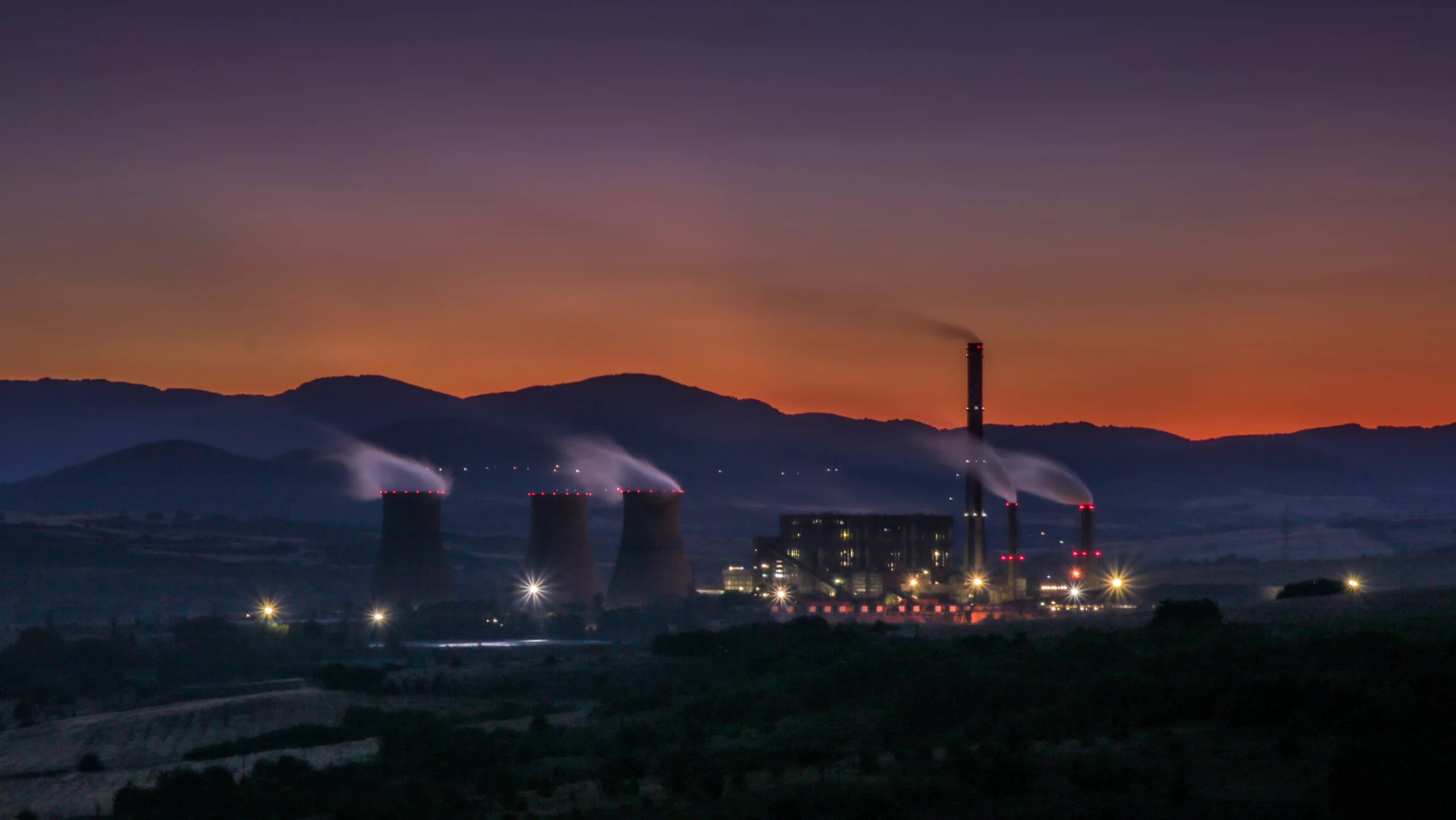Imagine channeling waste heat from an electricity plant into a district heating scheme via a river. This intriguing concept, which sounds like a page taken out of a Rube Goldberg machine playbook, is being considered by a company using the same principles as hand warmers. They’ve devised a plan to harness sodium acetate trihydrate, a substance that can safely store and release heat multiple times.
How Does the Technology Work?
The planned process doesn’t just deal with waste heat but encapsulates it within a chemical solution. This low-temperature molten liquid can store thermal energy at a density of 60 Wh/kg, making it inefficient for generating electricity but ideal for heating purposes. Its most significant advantage stems from the phase change energy characteristics, capturing the high energy required to transition from solid to liquid and back again—all at a stable temperature, mirroring how an iced tea remains chilled.
Cold Facts: Analyzing the Potential of Floating Thermal Energy
To put theory into practice, large Thames barges would carry this phase-changing substance, potentially transporting up to 100 MWh of low-temperature heat. Despite the seemingly odd method of transport, preliminary calculations suggest it’s plausible, considering the energy required for the barge trips and operational costs including labor, insurance, and more.
Crunching the numbers, the materials for this heat storage medium might cost around £1 million, and barges could contribute a similar amount. With an operational lifespan of up to 20 years, daily expenses could be surprisingly low compared to the potential benefits.
Emissions and Economics: Weighing the Environmental Impact
One must ponder the environmental implications of burning waste to produce this heat. While transporting the heat itself might not incur significant emissions, the creation of the heat via waste incineration is not as clean. The various wastes burnt, including plastics, amplify the carbon footprint and overshadow the innovative transportation scheme.
When compared to an alternative like installing a geothermal shaft and an industrial heat pump, the numbers reveal a stark contrast. A ground-source heat pump could provide similar heating benefits but with significantly reduced carbon emissions and potentially lower daily costs, especially if commercial electricity rates are taken into account.
Pricing Carbon Emissions: Finding the Cost-Effective Path
The economic viability of such a system would heavily rely on the absence of carbon costs. However, once these costs are factored in, especially amidst predictions of escalating carbon prices, the scales start to tip. A future dominated by low-carbon wind energy and grid storage technologies could render this trash-burning heat source uncompetitive, thereby affecting long-term investments and feasibility.
Consequently, as the UK moves towards more connections with renewable energy sources, the need for carbon-intensive trash-burning plants may diminish, leading to the eventual cessation of waste heat production and possibly disrupting the heat storage scheme.
Choosing the Sustainable Option
When contrasting both the novel barge-based transport system and a ground-source heat pump, one must acknowledge the inevitability of stringent carbon regulations. Such measures will likely uplift the more environmentally friendly options, steering away from carbon-intensive methods.
Despite the apparent innovation, the risks, costs, and environmental drawbacks suggest that alternative, more sustainable heating solutions might be the better path forward. The heat storage strategy, though creative, may be more of a novel concept than a practical long-term solution given the anticipated shift toward decarbonizing energy sources.
